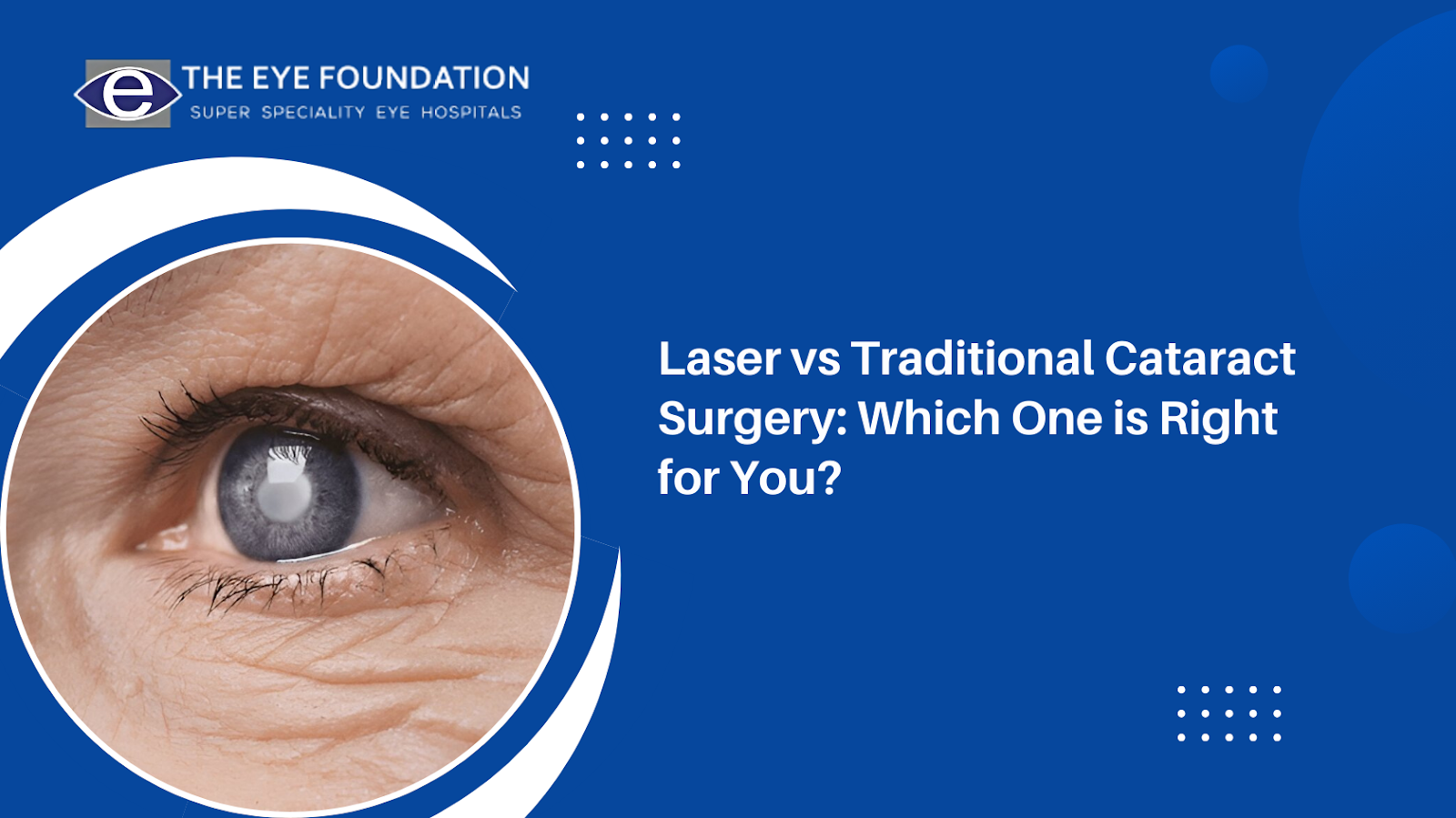Intraocular injections, often prescribed for treating eye diseases like age-related macular degeneration, diabetic retinopathy, and retinal vein occlusion, have become a cornerstone in ophthalmic treatment protocols. While these injections can significantly improve and preserve vision, it's important to be aware of the potential side effects they might bring along. This article delves into the common side effects of intraocular injections, offering vital information for those undergoing or considering this treatment.
Immediate Side Effects Post-Injection
Immediately following an intraocular injection, patients might experience some discomfort. Here are the most commonly reported sensations:
- Redness and Irritation: The eye may appear redder than usual, a reaction to the injection process itself.
- Floaters: Some patients notice small spots or lines drifting through their field of vision immediately after the procedure.
- Increased Eye Pressure: It's common for intraocular pressure to spike temporarily post-injection.
Potential Complications of Intraocular Injections
While intraocular injections are generally safe, they are not devoid of risks. Here are some complications that, although rare, are significant:
- Infections: Any procedure that involves breaking the skin can introduce pathogens. In the context of an intraocular injection, this risk, although minimal, can lead to serious complications like endophthalmitis.
- Retinal Detachment: This severe, albeit rare, complication involves the retina pulling away from its normal position, potentially requiring surgical intervention to prevent permanent vision loss.
- Hemorrhaging: The delicate vessels of the eye can be damaged during the injection, leading to bleeding inside the eye.
Long-Term Concerns
For those undergoing repeated injections, there are additional considerations:
- Cataract Formation: Frequent injections can accelerate the formation of cataracts, which cloud the lens of the eye and impair vision.
- Ocular Hypertension: If eye pressure is consistently elevated after multiple injections, there's a risk of developing glaucoma, which can cause irreversible damage to the optic nerve.
Mitigating the Risks
Understanding these potential side effects is not meant to deter patients from undergoing necessary treatments but to prepare and inform them. Here are some strategies to mitigate these risks:
- Regular Monitoring: Routine check-ups can catch and address complications early.
- Expert Care: Always have intraocular injections performed by a qualified ophthalmologist in a sterile setting.
- Immediate Reporting of Symptoms: Early detection of unusual symptoms can lead to prompt treatment, reducing the risk of severe complications.
Schedule an Appointment
If you're experiencing any issues related to your eyes or need more information about intraocular injections, scheduling a consultation with a specialist is crucial. The Eye Foundation offers comprehensive care and expert guidance for all your eye health needs. Don't hesitate to reach out and make an appointment today to ensure the best outcomes for your vision health.






